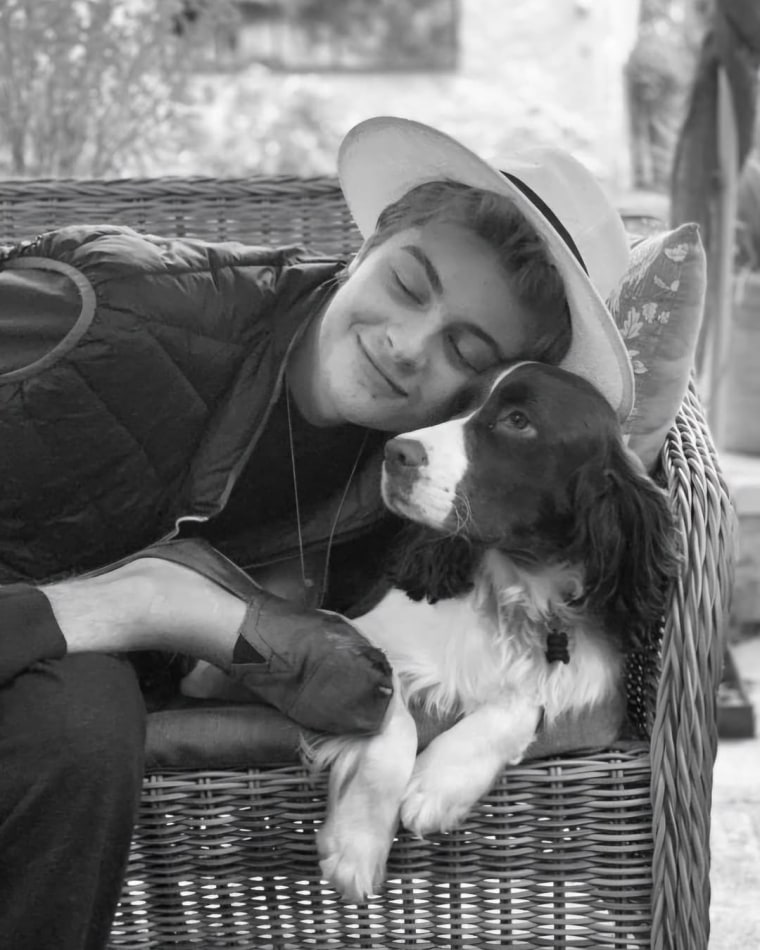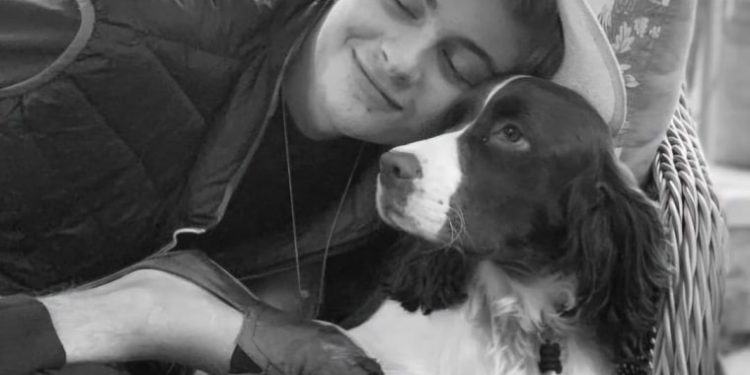Prince Frederik, the youngest son of Prince Robert of Luxembourg and Princess Julie de Nassau, has died. He was 22 years old.
Frederik died of a rare genetic disease called Polg Mitochondrial Disease, his father announced in a shared press release on the POLG Foundation website.
“It is with a very heavy heart that my wife and I would like to inform you of the death of our son,” started the declaration.
In the press release, Robert recalled that Frederik had “called in his room to speak to him one last time” February 28. He said the 22 -year -old “had found the strength and courage to say goodbye” to his family, including brother Alexander and sister Charlotte, among others.
“After having offered each of us our farewells – a little, a little wise, an instructive – of the real Frederik mode, he left us collectively with a last long -standing family joke. Even in his last moments, his humor and his compassion without limits, forced him to leave us with a last laugh … to replay us all,” wrote Robert.

He continued: “Frederik’s last question for me, before his other remarks:” Dad, are you proud of me? ” He had barely been able to speak for several days, so the clarity of these words was as surprising as the weight of the moment was deep.
“The answer was very easy, and he had heard it so many times…. But at that time, he needed to reassure that he had contributed to everything he could in his short and beautiful existence and that he could finally move on. »»
Robert described his son’s “superhero” of the family and noted the many achievements of the POLG Foundation, which Frederik founded to find the community, treatment options and a remedy for disease.
Frederik was diagnosed with a mitochondrial disease of Polg at 14, said Robert in the declaration: “When his symptoms manifested themselves more clearly and when the progression of his disease had become more acute.”
“Because Polg’s disease causes such a wide range of symptoms and affects so many different organ systems, it is very difficult to diagnose and has no less treatment,” Robert wrote.
“This is the battle that Frederik fought, and it is the burden that he had to wear throughout his life. He always did it with grace and humor,” wrote Robert.
What is Polg mitochondrial disease?
POLG disease is a “mitochondrial disorder caused by mutations in the POLG gene. It generally affects several organs, mainly the brain, nerves, muscles and liver, and can affect the vision due to the involvement of brain structures, “according to the Mitochondrial Sick Foundation United.
Polg disease symptoms
Signs of Polg’s disease can appear at any time from early childhood to adulthood, according to the UMDF. Because the disease causes such a wide range of symptoms, patients are generally classified as subtypes or names of specific conditions to help identify the necessary treatment.
General symptoms include the following elements:
- Bad muscle tone
- Delay in development
- Movement disorder
- Weakness
- Depression
- Anxiety
- Headache
- Loss
- Loss of vision
- Speech of places (dysarthria)
- Respiratory failure
- Apnea
Certain symptoms of the disease depend on the age it begins to emerge, however, the notes of the UMDF.
For the start of the disease before the age of 12, here are the main symptoms:
- Seizures
- Cognitive regression
- Motor alteration
- Cortical visual loss
- Food difficulties
- Liver dysfunction
For the start of the disease between 12 and 40 years old, here are the main symptoms:
- Seizures
- Altered coordination (ataxia)
- Peripheral neuropathy
For the start of the disease after the age of 40, here are the main symptoms.
- Drooping eyelids (ptose)
- Muscles paralysis that control the movement of the eyes
- Altered coordination (ataxia)
- Myopathy
- Parkinsonism
Is there a remedy against Polg’s disease?
There is no remedy for Polg’s disease at present, according to the UMDF. Treatments focus on managing symptoms and improving quality of life.
Here are the current treatments that UMDF notes:
- Anticonvulsants drugs for convulsions (although valproate should be avoided)
- Medication of pain and muscle relaxing for comfort
- Small frequent meals or a food tube for nutritional support can be useful and the ketogenic diet is sometimes used to help control crises
- Physiotherapy for the drop in motor skills and muscle strength
- Surgery or special glasses to correct drooping eyelids
- Speech therapy for linked speeches
- Respiratory tube and / or artificial ventilation for respiratory failure
- CPAP or Bipap for apnea
- Physical and ergotating therapy for motor participation


